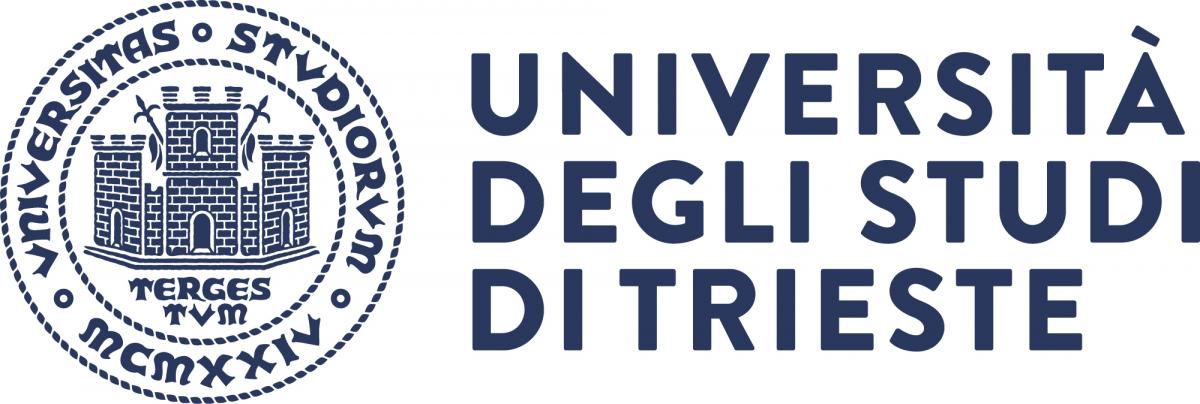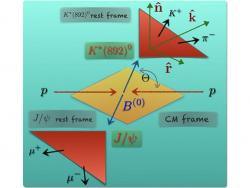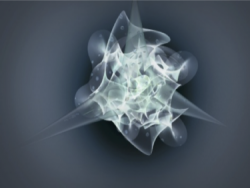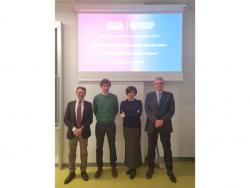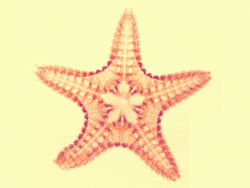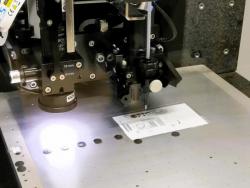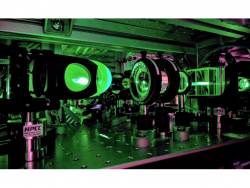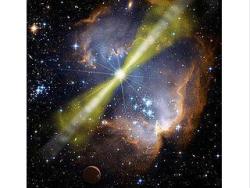Electronic Properties of Nanostructures and Quasi-2D Metals
Correlation and spin effects in nanostructures and low dimensional metals
Correlation and spin effects may play an important role in the physical properties of nanostructures and low dimensional systems. Our research is focussed on the study of the many body effects in the ground state of simple two-dimensional metals on semiconductor surfaces and on the electron transport properties of nanowires and nanocontact containing a localized spin.
Two-dimensional metals on semiconductor surfaces may be prone to structural and electronic instabilities and are a useful playground to study electron correlation effects in two dimensions. We have detected metal-insulator transitions on the surface of Si(111), clean and covered by an ordered layer of tetravalent adatoms. These transition, occurring at about 20 K on the clean Si(111)-7x7 surface and at about 60 K on the same surface covered by one third of monolayer of Sn adatoms, are caused by the Mott-Hubbard mechanism in the latter case, and by a more complex mechanism in the former one.
The main experimental methods are scanning tunneling microscopy and spectroscopy at 5 K and high resolution momentum-resolved photoemission spectroscopy.
The presence of a localized spin in a nanocontact or a nanowire between two metallic contacts can substantially modify the transport properties of the nanostructure. The many body state that the localized spin may create (the Kondo state) drastically affects the electron transport mechanisms. Both the experimental and the realistic computational studies on this subject are only at a initial stage. We are investigating the Kondo effect in single magnetic molecules suspended between metallic nanowires and on surfaces in order to compare new experimental results with theoretical calculations in progress. The experimental techniques is the controlled break junction method in ultra-high vacuum and at 4 K and scanning tunnelling spectroscopy.

